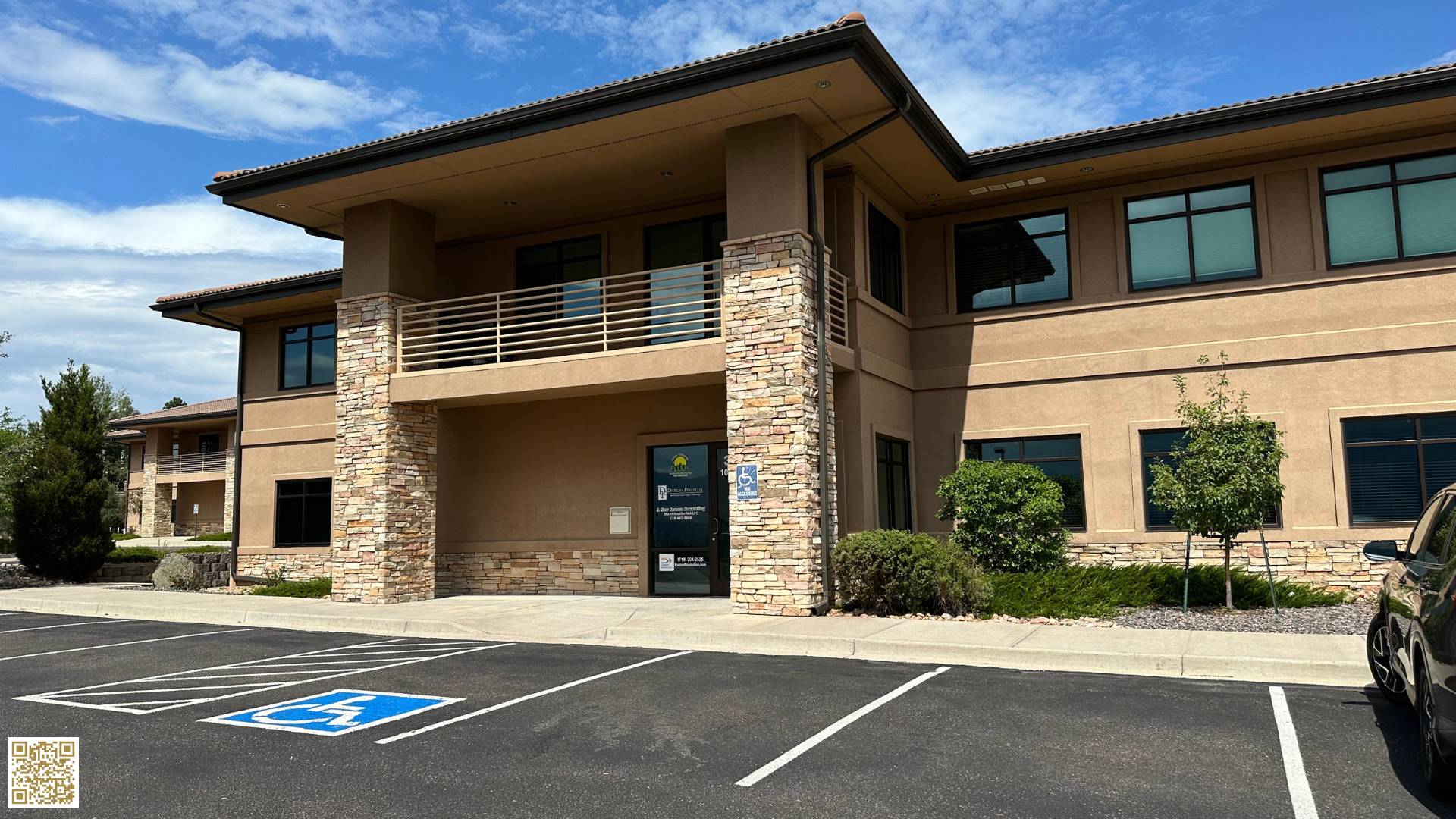To quickly improve your keyword rankings, start with thorough keyword research to identify terms with high search volume and moderate competition using tools like SEMrush or Ahrefs. Optimize your on-page content by incorporating keywords into headings and meta descriptions, and ensure proper keyword density while avoiding stuffing. Enhance your site's loading speed and mobile experience; faster sites reduce bounce rates. Build high-quality backlinks through outreach and guest posting on reputable sites. Use strategic internal linking with keyword-rich anchor texts to boost relevance and rankings. By focusing on these areas, you'll unlock even more targeted techniques to enhance your SEO performance further.
Optimize On-Page Content
To optimize on-page content effectively, you'll need to strategically incorporate target keywords into your headings, meta descriptions, and body text while maintaining readability and relevance.
Start by conducting thorough keyword research to identify terms with high search volume and moderate competition. Integrate these keywords naturally within your content to ensure content relevance, which boosts user engagement and search engine rankings.
Focus on keyword density as an essential metric. Aim for a keyword density of around 1-2%, meaning your target keywords should appear once or twice per 100 words. However, avoid keyword stuffing, as it can harm readability and result in penalties from search engines. Tools like Yoast SEO can help you track keyword density and make necessary adjustments.
Incorporate keywords in your headings (H1, H2, H3) to signal to search engines the primary topics of your content. Meta descriptions should also include target keywords, as they provide a snapshot of your content to both users and search engines.
Build High-Quality Backlinks
To build high-quality backlinks, start by outreaching to influencers, which can boost your site's authority by 56% according to recent studies.
Next, explore guest posting opportunities; 60% of bloggers report higher rankings from publishing on reputable sites.
Lastly, target resource page links, as they can drive 40% more referral traffic compared to generic backlinks.
Outreach to Influencers
Leveraging influencer outreach can significantly enhance your backlink profile, driving higher search engine rankings through high-quality, authoritative links. To achieve this, consider establishing influencer partnerships that align with your brand's values and goals.
Content collaboration with niche influencers can amplify your reach and create opportunities for backlinks from authoritative sources. By strategically selecting influencers who've a strong presence in your industry, you can boost audience engagement and foster a sense of belonging among their followers.
Social media promotion through these influencers can generate buzz and increase the visibility of your content, leading to natural backlink growth. Effective outreach techniques involve personalized communication and clearly defined value propositions.
Highlight how the partnership can benefit the influencer's audience, ensuring brand alignment and mutual gain. Track the success of your campaigns meticulously.
Utilize campaign tracking tools to monitor the impact of your influencer collaborations on your backlink profile and search rankings. Analyzing this data will help you refine your approach and optimize future outreach efforts.
Guest Posting Opportunities
Building on the momentum of influencer outreach, guest posting offers another strategic avenue to acquire high-quality backlinks and enhance your search engine rankings. By targeting niche blogs within relevant industries, you can position yourself as a guest contributor, gaining exposure to a wider, more engaged audience. Data shows that 61% of marketers find guest blogging to be their top strategy for generating quality backlinks (OptinMonster).
Focus on authority sites and targeted websites with high domain authority to maximize the impact of your guest posts. Establishing strategic partnerships with these platforms not only boosts your SEO but also enhances audience engagement. When you collaborate on content, you're leveraging the trust and credibility these sites have already built with their readership.
Analytical insights suggest that content collaboration increases both referral traffic and conversion rates. Aim for blogs that align with your brand values to foster a sense of community and belonging. This strategic approach to guest posting can rapidly elevate your keyword rankings, making your site more visible in search results.
Don't overlook the power of guest posting—it's a proven method for building high-quality backlinks and driving sustained SEO success.
Resource Page Links
Resource page links offer a strategic opportunity to secure high-quality backlinks by targeting curated lists of valuable content within your industry. By reaching out to websites that specialize in resource curation, you can ensure your content is included in relevant, authoritative lists. This not only boosts your link diversity but also signals to search engines that your site is a credible source of information.
To maximize this strategy, start by identifying high-authority sites in your niche that maintain resource pages. Use tools like Ahrefs or SEMrush to analyze their backlink profiles and pinpoint resource pages. Then, craft a personalized outreach email that highlights the value your content adds to their list. Be sure to emphasize how your resource can fill any gaps in their current curation.
Data shows that backlinks from resource pages can significantly impact your keyword rankings. A study by Moz found that sites with a diverse backlink profile tend to rank higher in search results.
Therefore, by focusing on resource page links, you're not just earning a backlink; you're building a robust, diverse link portfolio that enhances your site's authority and search engine visibility.
Improve Page Loading Speed
Improving your page loading speed can significantly boost your keyword rankings by reducing bounce rates and enhancing user experience.
One effective strategy is image optimization. Compressing images without sacrificing quality can dramatically reduce the data your site needs to load, leading to faster page speeds. Tools like TinyPNG or ImageOptim are invaluable for achieving this balance.
Analyzing your server response times is another crucial step. A sluggish server can undermine your efforts no matter how well you optimize other elements. Use tools like Google's PageSpeed Insights or GTmetrix to identify bottlenecks in server response. Upgrading your hosting plan or utilizing Content Delivery Networks (CDNs) can also significantly reduce latency.
Furthermore, consider leveraging browser caching to store elements of your site locally on users' devices, which reduces the need for repeated server requests. Minimizing HTTP requests by combining CSS and JavaScript files is another tactic that can streamline loading times.
Each millisecond counts in the digital space. By focusing on these data-driven strategies, you'll not only improve your site's performance but also foster a sense of belonging among users who appreciate a seamless browsing experience.
Utilize Internal Linking
Internal linking can significantly enhance your site's keyword ranking by linking relevant content and optimizing anchor text.
Studies show that strategically placed internal links can improve user engagement and reduce bounce rates by up to 40%.
Make sure your anchor texts are keyword-rich to signal search engines about the linked content's relevance.
Link Relevant Content
Leveraging internal linking strategically can boost your keyword rankings by enhancing site structure and guiding search engines through your content. When you engage in content curation and keyword clustering, you create a robust internal network that emphasizes the relevance and authority of your pages. By connecting related articles, you help search engines understand the thematic framework of your site, which can lead to higher rankings.
Start by identifying cornerstone content—those comprehensive, high-quality pieces that cover major topics in-depth. Link these cornerstone articles to other relevant posts using internal links. This practice not only distributes link equity but also encourages users to spend more time on your site, lowering bounce rates and signaling quality to search engines.
Data backs this strategy: websites with a well-organized internal linking structure often see a significant uptick in organic traffic. A study by Conductor found that effective internal linking can increase page views by up to 40%.
Use analytics tools to track the impact of your internal linking strategy, refining it as needed. By integrating these methods, you contribute to a cohesive community of content that serves both users and search engines, fostering a sense of belonging and satisfaction.
Optimize Anchor Text
To maximize the effectiveness of your internal linking strategy, it's imperative to optimize anchor text by making it descriptive and relevant to the target keywords. Anchor text acts as a signal to search engines, indicating the content of the linked page. By using anchor text variations, you can target a broader set of keywords and improve your chances of ranking higher.
Start by identifying key pages on your website that you want to rank for specific keywords. Use anchor text that naturally fits within the content and provides contextual relevance. For example, if you're linking to a page about 'digital marketing strategies,' you might use variations like 'effective digital marketing tactics' or 'innovative marketing approaches.'
Data shows that pages with optimized internal links often see a significant boost in search rankings. According to Ahrefs, pages with internal links rank 20% higher on average than those without. By strategically placing links and varying your anchor text, you enhance user experience and help search engines understand your site structure better.
Conduct Keyword Research
Effective keyword research starts with understanding your target audience's search intent and analyzing high-traffic, low-competition keywords to enhance your ranking potential.
Start by identifying long tail keywords that are specific to your niche. These keywords often have lower competition and higher conversion rates, making them easier to rank for and more effective in driving targeted traffic.
Conduct a thorough competitor analysis to see what keywords your competitors are ranking for. This will give you insight into what's working in your industry and help you discover keyword opportunities you might've missed.
Utilize tools like SEMrush or Ahrefs to gather data and refine your strategy.
To get the most out of your keyword research, follow these steps:
- Identify Search Intent: Understand the different types of search intents (informational, navigational, transactional) and how they align with your audience's goals.
- Analyze Competitors: Use competitor analysis to find gaps in their strategy that you can exploit.
- Leverage Long Tail Keywords: These keywords are less competitive and often more aligned with user intent.
This strategic approach ensures you're not just targeting high-volume keywords, but also those that will drive conversions and engagement.
Enhance User Experience
Enhancing user experience directly impacts your keyword ranking by increasing engagement metrics such as time on page, bounce rate, and click-through rate.
Start by focusing on mobile optimization; over half of all web traffic comes from mobile devices. A responsive design ensures your site looks great and functions well across all device types. Pay attention to visual hierarchy and content layout to guide users naturally through your site.
Incorporate accessibility features to make your site usable for everyone, including those with disabilities. Navigation simplification is crucial; a cluttered menu can frustrate users and increase bounce rates. Place interactive elements like quizzes or videos strategically to keep users engaged longer.
Effective call to action placement can drive conversions and improve click-through rates. Use user feedback to identify pain points and areas for improvement. Conduct regular usability testing to ensure your site remains user-friendly and meets evolving standards.
Conclusion
To boost your keyword rankings quickly, you need a strategic approach.
Optimize your on-page content and focus on building high-quality backlinks.
Improve your page loading speed and make good use of internal linking.
Conduct thorough keyword research and enhance user experience to keep visitors engaged.
By implementing these data-driven strategies, you'll see a noticeable improvement in your keyword rankings in a short amount of time.
Stay analytical and keep refining your tactics for sustained success.














